It looks like nothing was found at this location. Maybe try one of the links below or a search?
Archives
Try looking in the monthly archives.
It looks like nothing was found at this location. Maybe try one of the links below or a search?
Try looking in the monthly archives.
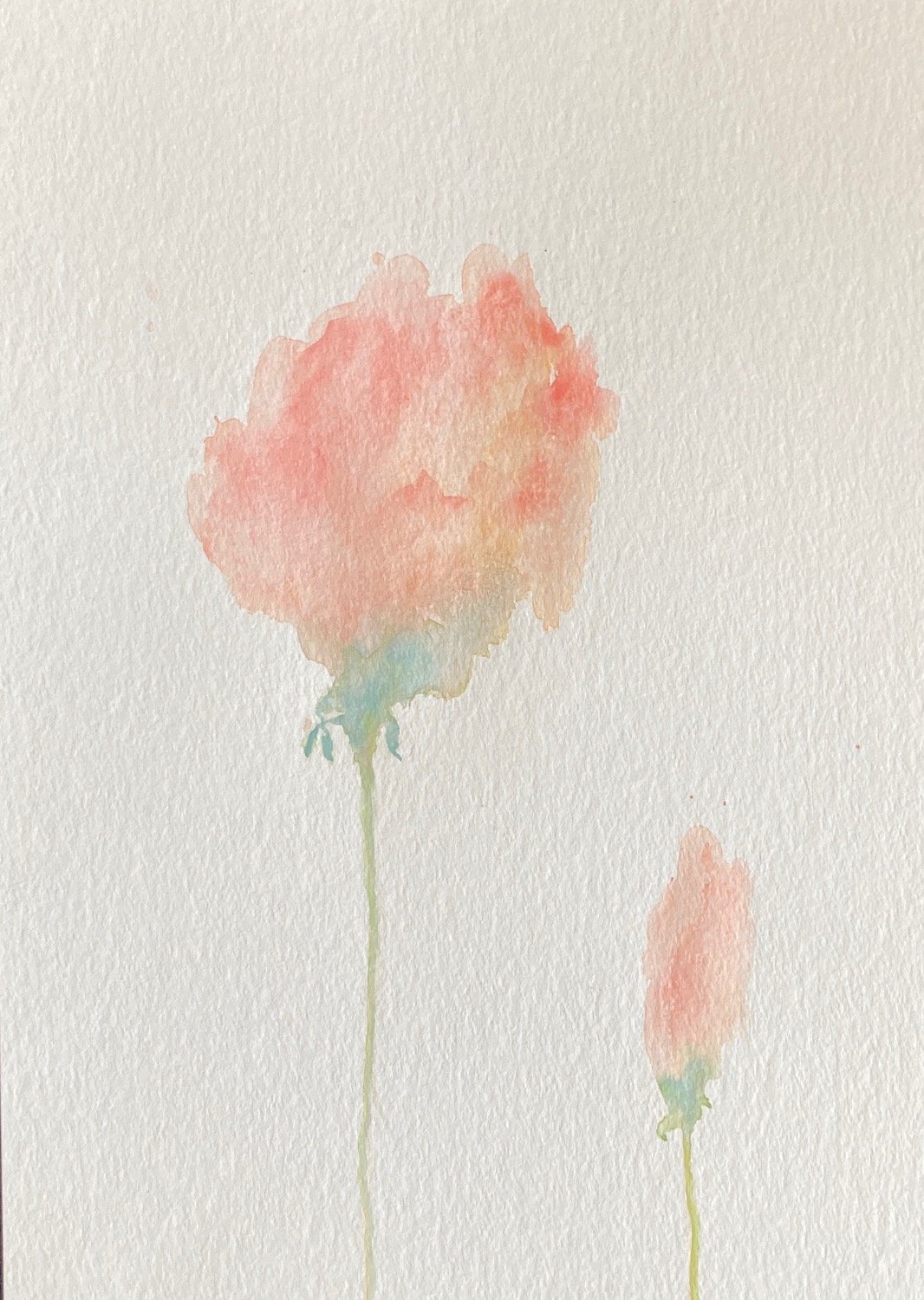

Several years ago, I gathered a set of questions to support people looking at paintings. The power of attention and noticing has been important in all my work, academic and art. Visual attention as a painter is different from the aural and analytic attention I needed in my research into spoken metaphor.
These questions are an introduction to attending to paintings, particularly abstract painting. I’ve recently developed new questions that go more deeply into the theoretical aspects of painting – I’ll share these soon. Meanwhile here are my initial deep looking questions. They’ve been trialled in several gallery / artist talks – viewers are invited to sit with a painting for at least 5 minutes and then to respond to the questions on paper, through writing or mark-making. I am always amazed by what people find..
Welcome to a new school year! Not a lot has changed in my room.
I always tweak little things here and there.
I’ve been in this classroom for over 20 years, and feel very blessed to have this space.
Please feel free to ask any questions you might have as you look through
my pictures (or any post on my blog).
I have a nice big reading area. I start every kindergarten class with a story. I love children’s books, and feel it is important for children to have people read to them. I believe it truly helps to ignite creativity.
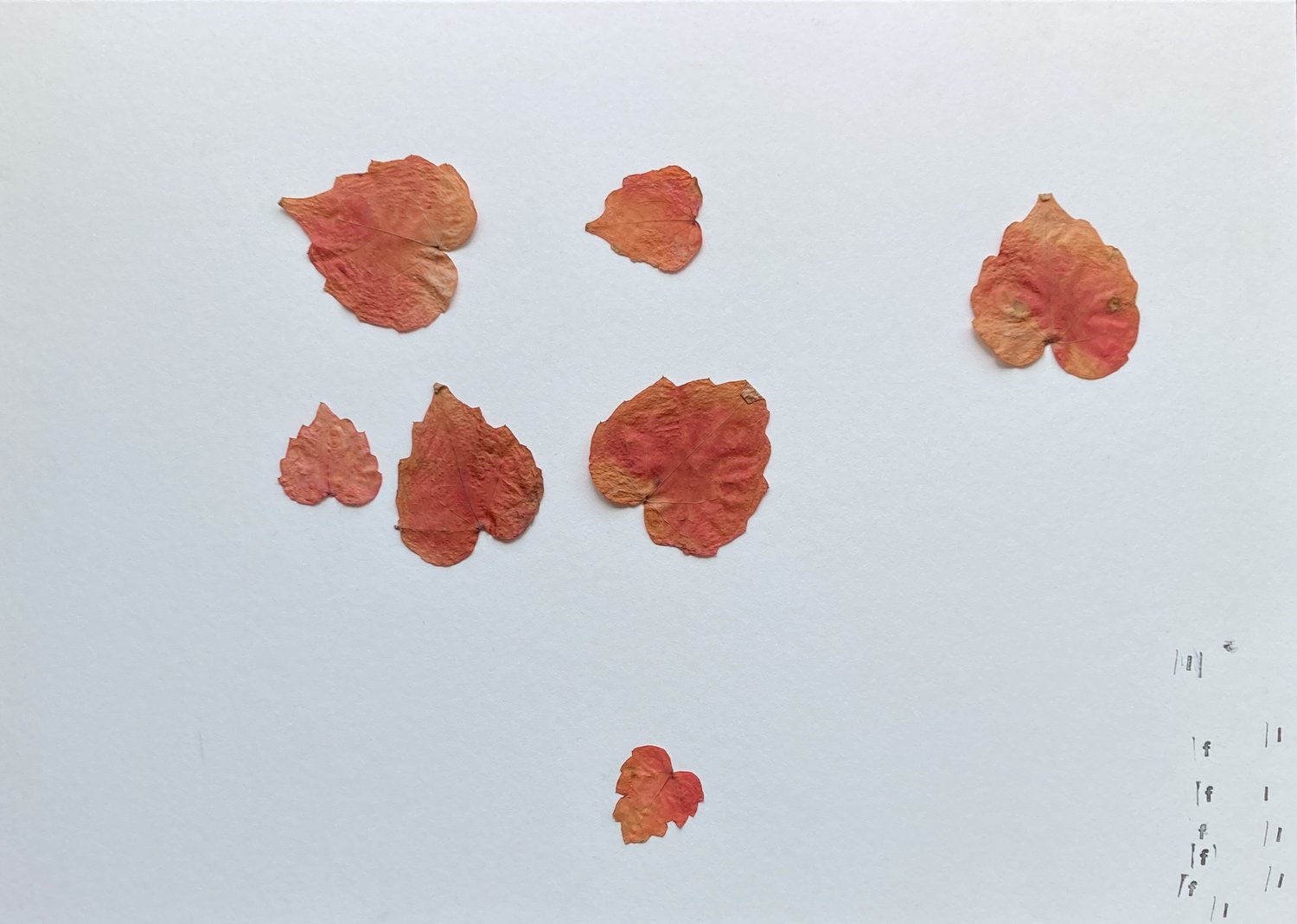

We found the leaves pressed between two pieces of kitchen roll inside a book that I left here in NZ in October 2020. I have no memory of their collecting, pressing, laying aside.
Refound, they are making new memories as she turns 6, as she creates and owns her artwork.
Are you looking for an easy way to do paper weaving with kids?
Are you not wanting to cut all those mats for your students?
In this tutorial, I will show you how to make a paper weaving the easy way – with a FREE template included. I thought I had posted about this template and technique but realized I never did. In a Facebook art teacher group, another member asked for a source to buy paper looms, which gave me the reminder that I wanted to have this template available for others to use. Then, I decided I needed to make a little tutorial to go along with it! This is a staple in my art curriculum and I do this with first graders every year in some form or another.

Want to turn this into a Valentine’s project? Go for reds, pinks, and plenty of hearts! Feeling wintery? Try cool blues, crisp whites, and snowflake designs. Or, you can leave the color scheme and designs completely up to the kids. There are many fun ways to make this project unique.
Another fun twist on this project is to use patterned scrapbook paper or painted papers for the strips.
Here is the FREE paper weaving template I am using in this video. (If you like what you see, be sure to follow me on TPT!) The template comes with written directions on how best to pick the settings on your printer. You will need to cut paper strips for your students to use. I usually cut strips around 1.5″ wide.
With this template, the kids are able to cut completely on their own with minimal help. I find that first grade and up works best for this project. Usually there is a child or two who may be confused and I try to encourage the peers who catch on quick to help out their neighbor.
Below is a list of some of the products I use in this video (as an Amazon Affiliate I receive a small amount of commission at no extra cost to you):
Astrobrights Cardstock– for the loom
Tru-Ray Construction Paper or Astrobrights Copy Paper for the paper strips
Crayola Construction Paper Crayons
Heart Shape Stickers: from Michaels craft store in the seasonal section

If you’ve enjoyed this post, please do me a favor and “pin” it to save for later or share with a friend! Your support means a lot. If you have any questions at all, watch the video to see the process in action. Then, download the template which has more detailed specs for printing and using the template. If you still have questions, feel free to comment below and I’ll do my best to help you out!
If you like what you see on this blog, please sign up for my newsletter! I created a FREE Sub Tub art guide, with 10 easy activities you can leave for sub. By filling out this form you will get the download. Never stress about a sick day again!

The post Easy Paper Weaving Tutorial with Free Template appeared first on Art is Basic | Elementary Art Ideas.
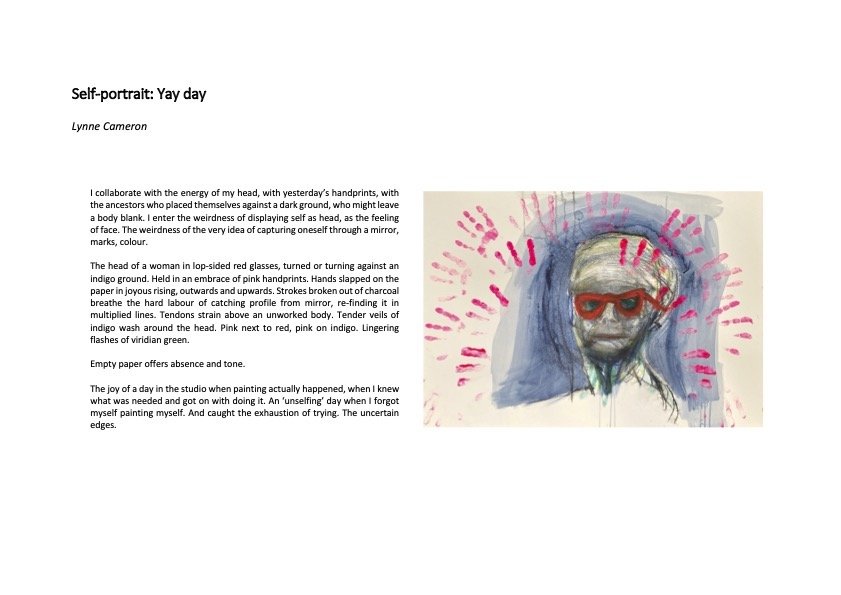

I spent a long coffee break going through my turquoise notebook – that’s the one where I write notes about my reading. In my mind that day was how to think about some ‘self-portraits’ I’d been painting, how to tie them in to my practice. I re-read notes from poetry workshops to see what spoke to me now. Notes from zoom calls with my friend. Notes about ideas and notes to self. Sometimes screams of agony. Notes and connections. More of an on-going conversation than notes.
The notebook’s timespan included encounters with Laurie Anderson’s Norton Lectures , Jane Hirshfield workshop at Coffee House Poetry, Bracha Ettinger on matrixial theory, Griselda Pollock on Charlotte Salomon, Gabriel Josopovici on Modernism, and the Weird Studies podcast. Iris Murdoch and Simone Weil on attention, on ‘unselfing’, linger in the background always.
My conversation with the notebook turned itself into a list of questions. I realised as I listed them that these were the questions I needed to ask of the portraits.
I gave each portrait half a day to answer the questions. By writing in response to the paintings, I wanted to lead myself deeper into the labyrinth, to explore the mystery while retaining the mystery. Not to ‘unpack’ or explain – impossible – to notice more. The answers became a starting text, to be worked into something more poetic until it fitted, resonated, joined forces, with the painting.
I’m still working out how to best present these hybrid artworks, exhibition or book or … Meanwhile, here are the questions. Perhaps they would work for you? Or perhaps you could find your own set from your notebook?
What can be seen in the painting?
What happens with attention?
where is attention drawn on looking at the painting?
what was my attention drawn to when I was painting?
How does the painting gesture to beauty and goodness and tenderness? and to the shadow?
What’s being amplified?
Where’s the uncertainty?
What’s the weirdness?
What’s oscillating? What dynamics are in action?
Any collaborations going on? e.g. with ideas, with other painters
What has returned in a new way?
What transformation has occurred / is offered?
What possibilities are being held in creative tension?
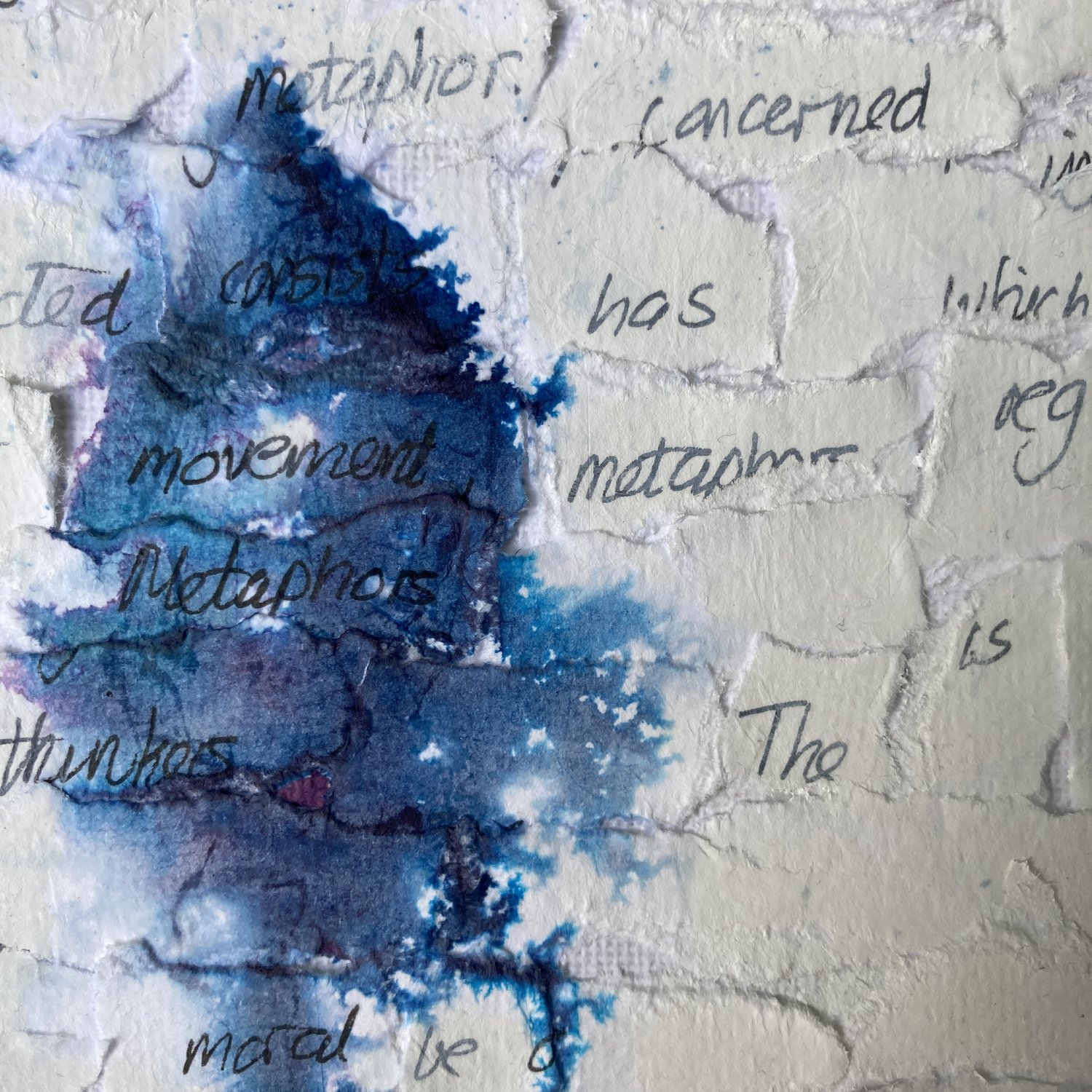

This contingent emergence of form and colour fascinates me. I prepare the surface, allow the conditions, then the ink does its thing. I can adjust the process to a limited degree by tilting, adding or subtracting water.
As I get to understand what a new material can do, a dialogue starts with earlier work as I think back to past paintings and processes for possible new ways to work. I wondered what would happen on a disrupted surface, and over handwriting. AT the top of this post is the outcome. I wrote out the opening words from and Iris Murdoch’s text (The Sovereignty of Good Over Other Concepts, 1967) on to thick watercolour paper, ripped them and glued them randomly to construct an almost 3d surface. Then I experimented with Midnight Blue ink spreading on this disrupted surface. This step draws on the word-collaging technique I developed 6 years ago in Berlin Notes in the Dark. That technique was used on a larger scale in the series Other People. In those paintings, pairs or groups of people engaged in unheard dialogue, their individual stance and the space between them conveying something of their relationship. You can see both series on this page by scrolling down.
The final step was reducing the insistence of the words with a layer of white paint on some sections..
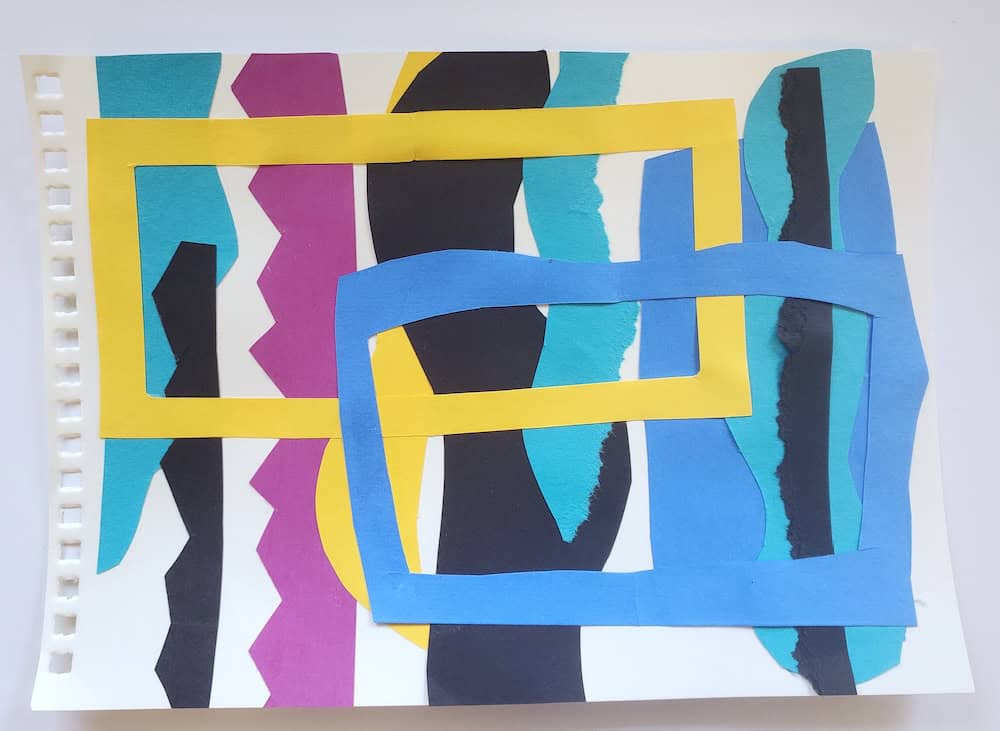

Are you trying to incorporate art into your daily routine? Are you looking for ways to encourage creativity in your students? A timed collage prompt might just be something for you to try!
At the 2024 NAEA conference I went to a wonderful hands-on art workshop where we did timed collage prompts on index cards with art journaling artist Eric Scott!
• This idea can be used to encourage experimentation and play in your students- by setting a time limit, the students have to work creatively within those constraints.
• This idea can also be used to jump-start your own daily art practice, as it fits into a busy schedule.
The workshop I am going to tell you about today was the “Collage Magic” workshop by Eric Scott. Who is Eric Scott? I first learned of his work when I read Journal Fodder Junkies and Journal Fodder 365 years ago. As you may know, I am a huge fan of collage and art journaling and it is my preferred method of art making. Eric is also an art educator who works with kids.
If you go to his website, you can read more about his art, but also get some free downloads with things like cartoon drawing guides, monster drawings and journal prompts. You can stay up-to-date with what he’s doing by following his SubStack or Instagram.
In this workshop, we did a series of collages on index cards using simple (not precious) materials like construction paper and glue.
He set the timer for just a few minutes for each collage – any amount of time would work, but these were about 3-7 minutes each. We thought about using different techniques and cutting different shapes. Could you create interest by ripping or tearing? Another teacher near me created pop-ups, so we definitely got creative. With time constraints, it forces you to make quick decisions and not worry too much about the final results. It’s a way to let go of the critical voice in your head.

For this next set, we chose one color only to use and focused on creating interesting negative space. We had about 15 minutes to create all three cards.

For the last exercise, we made a culminating collage on larger 6″x8″ paper with a slightly longer time frame to create our collage. What I love about this idea is that there are so many different directions these collages can go and I’m sure your students will come up with a huge array of different results.

One thing Eric talks about is creating a daily practice. This is SO hard to do when we are busy with so many other daily things on our to-do list. I have sadly fallen away from a consistent art journaling practice, but I know that I always feel better when I find the time to cut, paste and play. Now I am intentionally seeking out scheduled opportunities to make art, such as an art journaling meetup at a local art store. If it’s on my calendar and I paid for it, I’m more likely to go! Keep reading for more tips about creating a daily practice.
• One of his tips is to keep it small when first starting, like using an index card for a collage. In the workshop, we made a series of collages in this size.
• Another tip is to use the cheap stuff– working on an index card doesn’t feel as precious as your expensive canvas.
• Make a routine for your art practice. If you can find a specific time of day to work on your art, it can help you be consistent.
• And lastly, leave it set up. If you have room for a dedicated workspace for your art, that helps because you already have your materials set up and ready to go.
Eric has committed to a daily practice of making a collage a day, with remarkable results! Just look at this stack of collages!
Here are a few of the striking collages Eric has made!


Are you going to be attending the upcoming National Art Education Association Conference?
First of all, if you are an art teacher and have never attended an NAEA conference, you should try to do so at some point. You will be blown away with all of the amazing sessions and ideas shared. In addition, you get to try out and get samples of all the latest art supplies!
Second, if you are going, you should try out a “ticketed” workshop. The regular (included) sessions will give you loads of new ideas and things to think about, but the “ticketed” workshops are the place to have hands-on artmaking experiences in a smaller setting led by qualified art educators. I have gone to many ticketed workshops at past NAEA conference- such as a Lynda Barry drawing comics workshop and workshops about tooling foil, encaustics and mosaics. I try to pick 2 or 3 at every conference as it is fun to try new things that I haven’t experienced yet. Remember, you need to sign up for these ahead of time, as they do fill up!
Unfortunately I’m not going to be able to attend this year’s conference, but I’m planning ahead to Chicago next year, and since that is much closer and doesn’t require a plane ride, I will most likely be at the 2026 conference.
• Another great resource for daily creative inspiration is Daisy Yellow Art and her ICAD challenge. I participated in this challenge years ago and it was really fun.
• Artist Trading Cards are a twist on the index card idea, with an even smaller space to make art. I used to collect and trade these and have a huge binder full of them. (Idea for future blog post!)
Have you ever tried timed art prompts? What was your experience like? Let me know if you have any other good resources to share with this idea!
Subscribe to get the latest posts sent to your email.